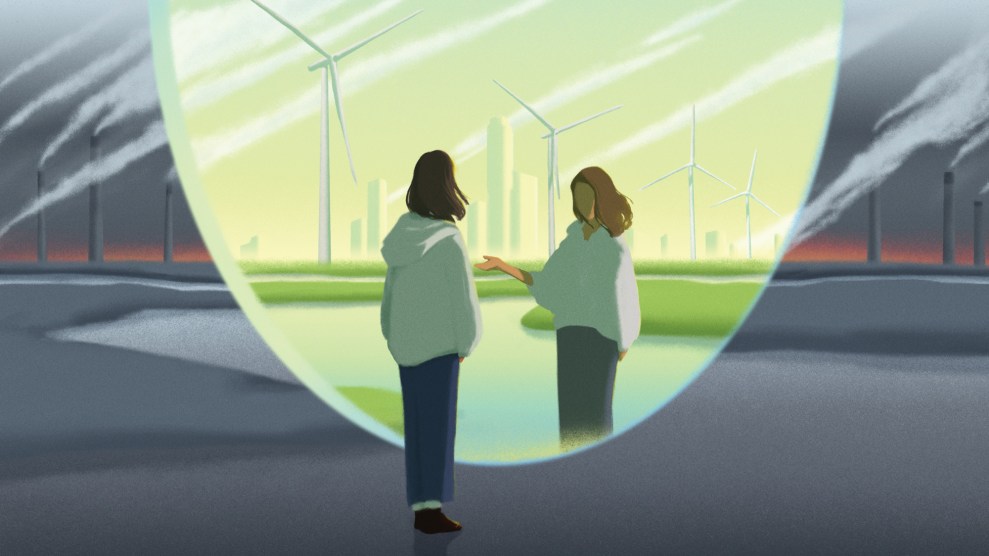In the quest to stave off cataclysmic climate change, the compact fluorescent light bulb (CFL) seems to be garnering messianic status. (Wal-Mart, for one, hopes to green its image by selling 100 million of the energy efficient, cost saving bulbs by the end of next year). Politicians are behind them too, and no state is doing more than California to encourage consumers to give up their old incandescent bulbs.
California utility giant PG&E already heavily subsidizes CFLs, making them almost as cheap as incandescent, despite the fact they nip at the company’s bottom line, using 2/3 less electricity. And last week, CFLs got some additional buzz as California Assemblyman, Lloyd Levine, promised legislation dubbed the “How Many Legislators Does it Take to Change A Light Bulb Act.” If passed, it would ban the sale of conventional light bulbs in the state by 2012.
Despite the prospect that the law would spur a booming black market in incandescent bulbs smuggled from neighboring, loose-lawed Nevada, it should help California meet its goal of cutting 25% of greenhouse gas emissions by 2020 (the typical CFL saves 640 pounds of CO2 emissions over its life cycle; California emits more than 380 million metric tons of carbon annually).
But truth be told, CFLs are not all sunshine for the environment, especially in the hands of the wasteful. CFLs contain mercury, and, to date, there is no way to make them without using at least a small amount of the toxic substance. “If you are going to make a massive switch over to compact fluorescents, which would be good for energy conservation, it makes sense to accompany it with the appropriate take-back and recycling provisions,” notes Elizabeth Grossman, author of High Tech Trash.
Without a real commitment to recycling, mercury filled CFLs will end up with household garbage, land-filled and incinerated en mass. Which is a shame because assuming proper disposal, CFLs actually reduce the amount of mercury escaping into the environment. According to the EPA Energy Star program, “coal-fired power plants emit 13.6 milligrams of mercury to produce the electricity required to use an incandescent light bulb, compared to 3.3 milligrams for a CFL.”
Now that’s a lightbulb worth changing.
—Koshlan Mayer-Blackwell










